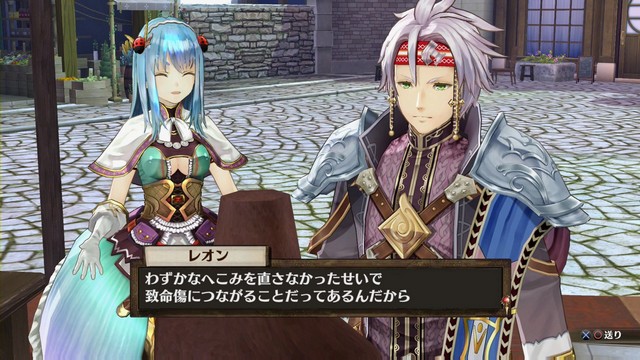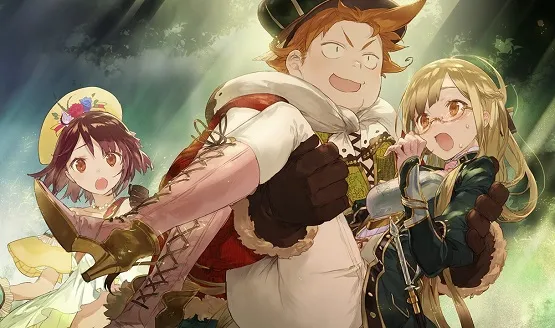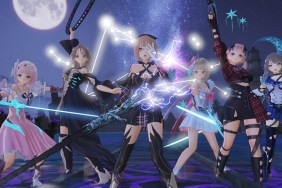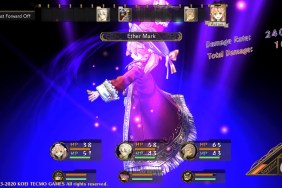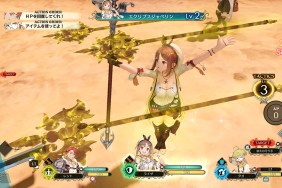The 17th installment in GUST’s popular alchemy-based JRPG series is almost upon us: Koei Tecmo will be delivering Atelier Sophie: The Alchemist of the Mysterious Book on June 7. We’re currently busy experiencing all the crafting and adventuring around Sophie’s little town of Kirchen Bell, but we’ll have a review up very soon. While you’re waiting, check out the following interview — we got a chance to interview the game’s director, Yoshito Okamura, who spilled the beans on a bunch of details. Wondering what’s up with that talking book? Curious about the game’s dual-illustrator approach to art design? Read on!
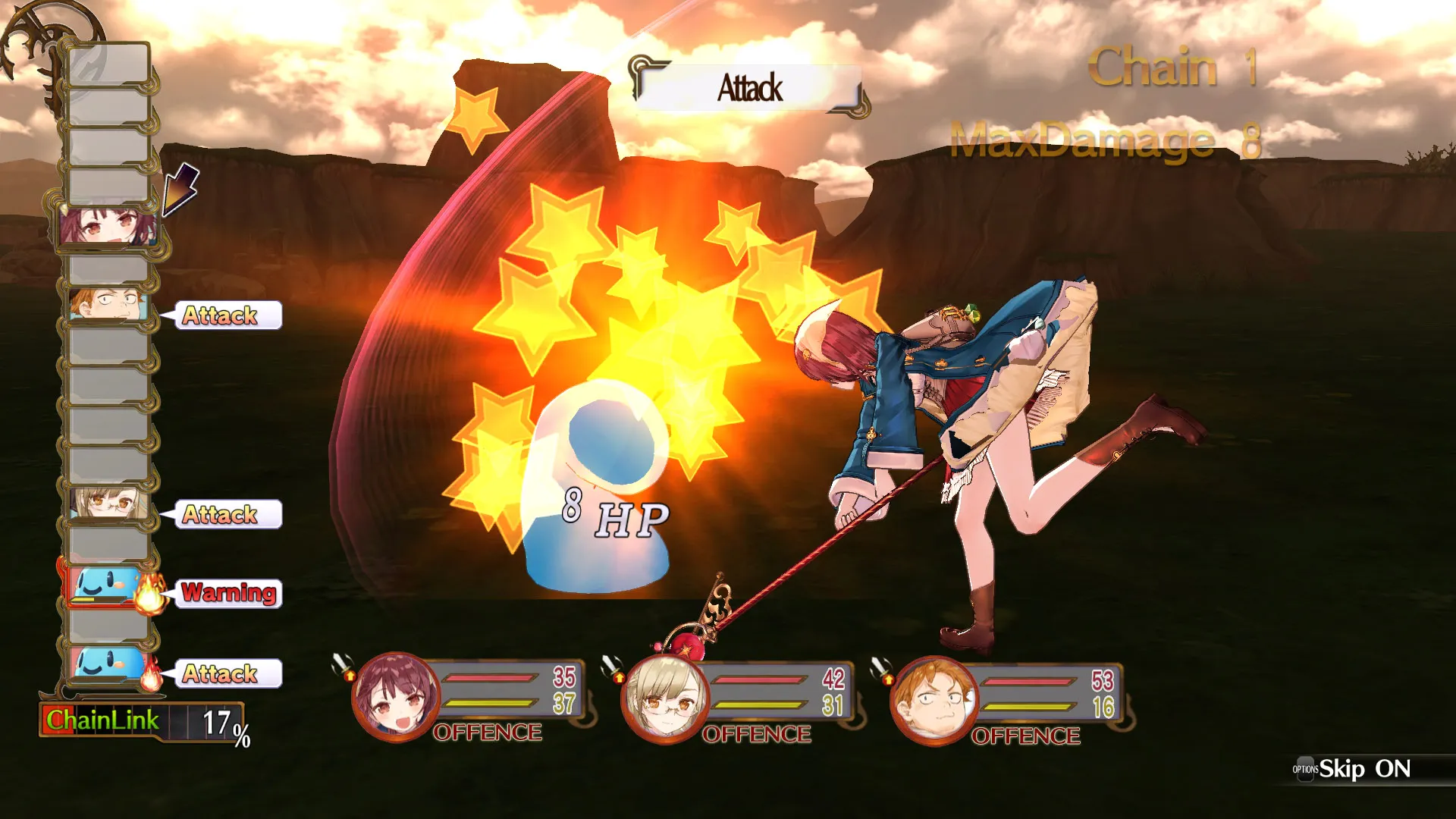
PlayStation LifeStyle: With this being the first Atelier game on PS4, how has GUST handled the transition to developing on the PS4?
Yoshito Okamura, Director, KOEI TECMO: In Japan the game was also released for the PS3, so we used the PS3 version as the base for development. We also used the base structure of Nights of Azure (released in March) and built up from that and transferred parts that could be used.
PSLS: What has the PS4 allowed you to do that the Vita and PS3 have not?
Yoshito: We’ve been able to enhance the expressiveness of the character models, and the increased loading time gives us a smoother gameplay experience. But no matter how much higher the hardware specs increase, we know that in order to make a game interesting, it is ultimately up to us—the game creators—and our ideas.
PSLS: Will the game feature Cross-Save between Vita and PS4?
Yoshito: Yes, there is Cross-Save between the Vita and PS4 versions. Since people in Japan usually use public transit when going out, we recommended that they play the game on the Vita when outside and on the PS4 when at home.
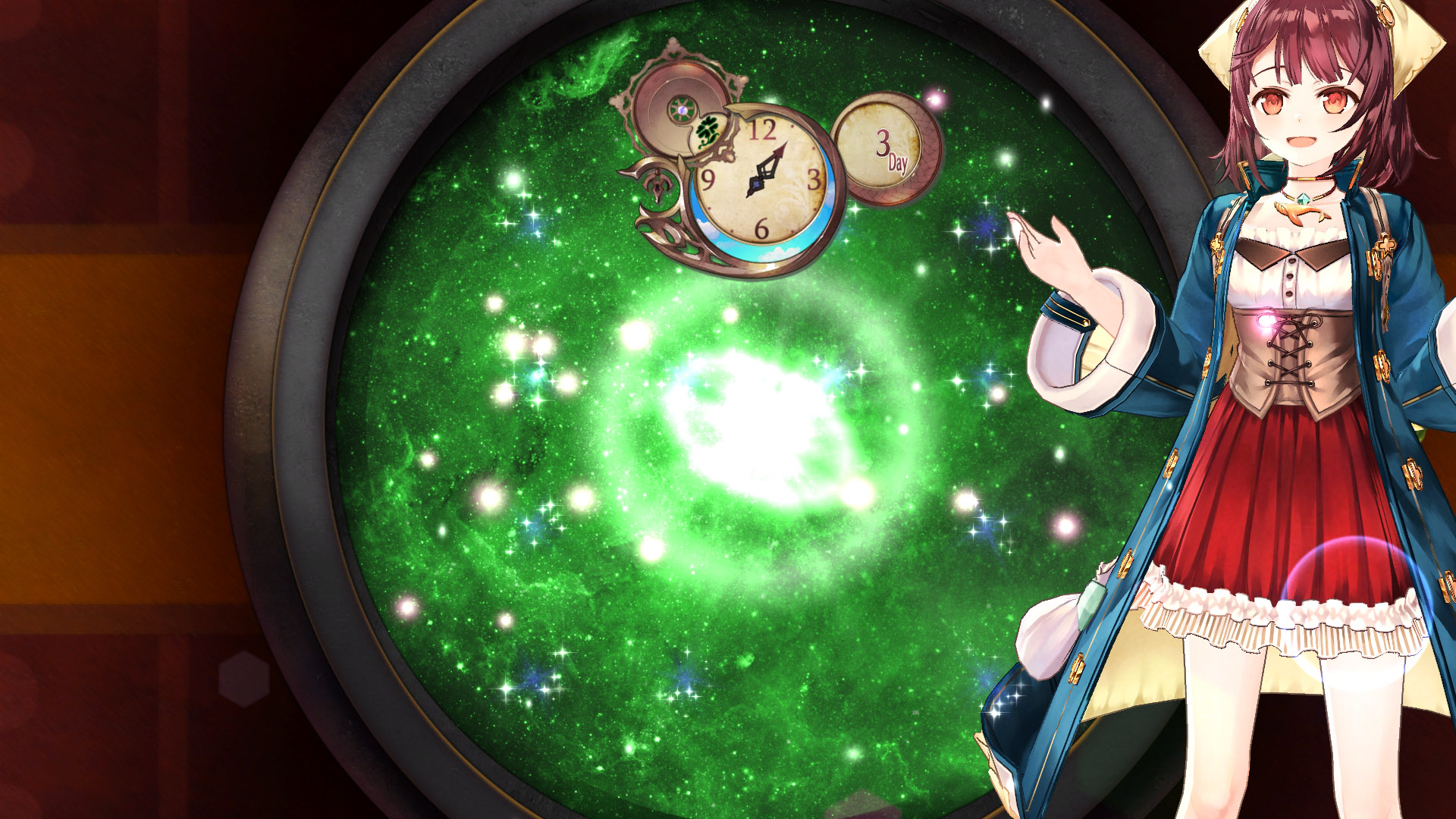
PSLS: What makes this Atelier unique and different from other entries in the series?
Yoshito: The biggest changes are the removal of the time limit system that was core to the previous Atelier titles, and the “Doll Making” system that allows the customization of Plachta, the Mysterious Book and Sophie’s mentor. With the removal of the time limit system, players will no longer feel rushed during gameplay and can take the time to enjoy the adventure and synthesis. The “Doll Making” system strengthens Plachta as well as allowing players to change her looks from a variety of options, so you can enjoy seeing her appearance change throughout the story.
PSLS: What inspired the “Doll Make” system that allows you to customize Plachta’s abilities and looks?
Yoshito: The first idea was that we wanted to destroy the stereotype that in the Atelier series, the only thing you could create from alchemy was items. And the second idea was to combine catchy keywords and suggest a new surprising system that gamers outside of the Atelier series fan base would find interesting. These are the two reasons that gave birth to the “Doll Making” system of creating a girl from alchemy.
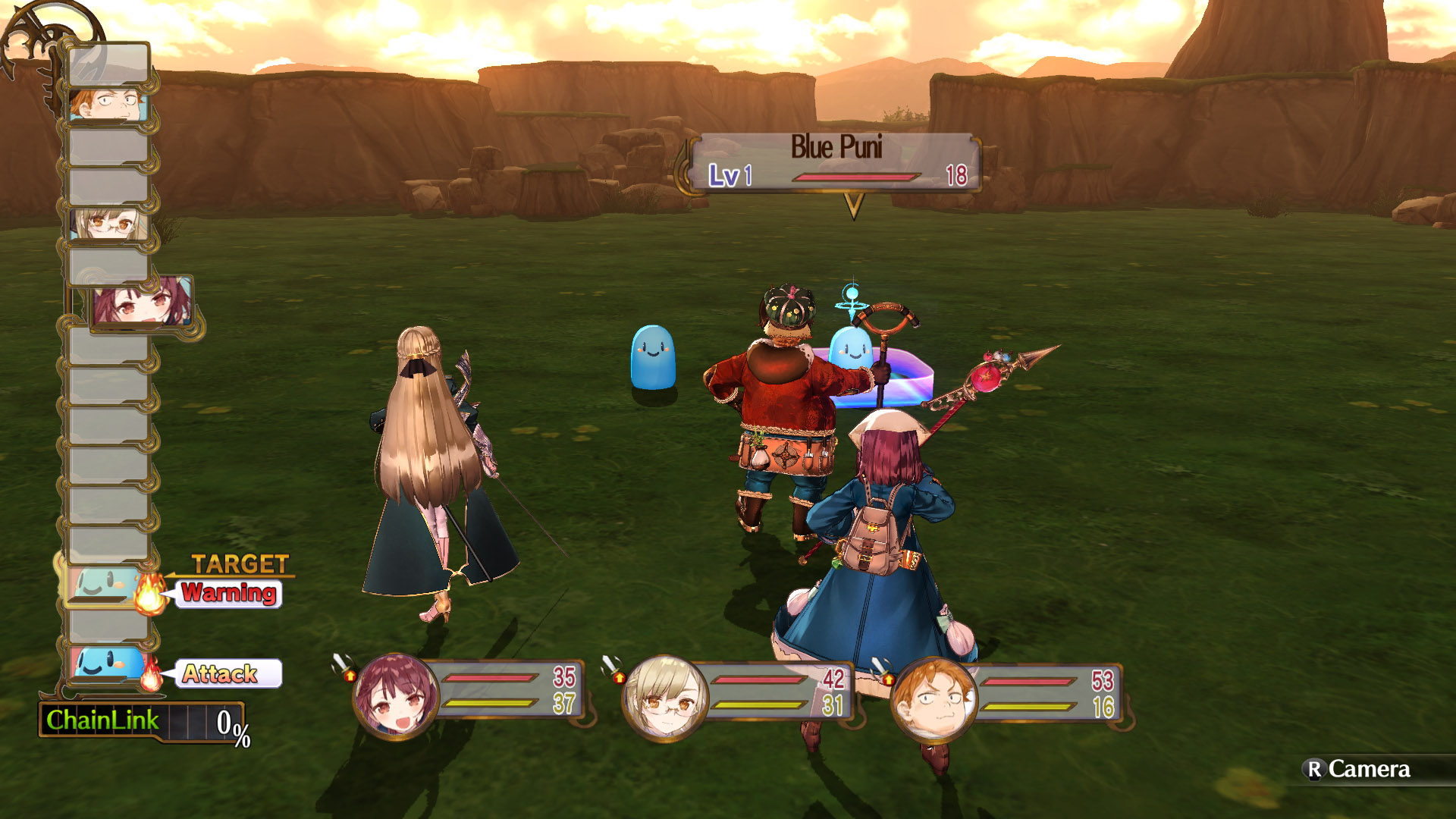
PSLS: How has the crafting system evolved since previous installments?
Yoshito: Most of the feedback we received regarding the synthesis system in previous games is that while it was interesting once you got the hang of it, there were a lot of numbers and text that made it challenging, so the components became specialized mainly for core players. For this game, the synthesis system combines the three elements of appearance, navigation, and rules to create a new structure that focuses on being easy to understand. As a result, we were able to create the new panel system where you can see how material placement increases item quality and that is simple and easy to understand.
PSLS: Atelier Sophie takes place before alchemy has become commonplace (in the fictional canon). How does this have an effect on the story?
Yoshito: In contrast to the previous Dusk series, the world in this game is at a point where the use of alchemy is beginning to spread, causing many technological revolutions and contributing to the advancement of humanity. It just happens that the region where Sophie lives doesn’t have many alchemists, so in other regions there just might happen to be many more alchemists. The Dusk series explained the negative aspects of alchemy, but in Atelier Sophie it returns to the more typical Atelier series theme focusing on the growth of a girl, and we have aimed for a feel-good story filled with warmth.
PSLS: The “Mysterious Book” of the title actually talks, and apparently has a human form. What role does this play in the narrative?
Yoshito: In addition to teaching Sophie the techniques of alchemy, one of the other themes of this story is to grant the wish of the “Mysterious Book,” and as Sophie’s adventure progresses, the memories of the “Mysterious Book” eventually come to light, and within them links to the story of the history of alchemy.
PSLS: The game actually features two illustrators, a first for the series. What was the philosophy behind this, and how did the artists’ collaboration work?
Yoshito: There are two reasons for two illustrators: setting and practicality.
From the setting standpoint, by using two illustrators with different styles we thought it would show a broader world by featuring characters of many different ethnicities and appearances. For example, in this game the residents of Kirchen Bell, including Sophie, are designed by the illustrator NOCO, and the foreigners from outside of Kirchen Bell and characters with a particular setting are designed by the illustrator Yuugen. By having this constant rule and not blending the designs of the two illustrators for no particular reason, we feel that we’ve been able to use the differences in the characters’ appearances as an element in the game’s setting.
From a practical standpoint, having two additional illustrators has allowed us to increase the number of illustrations while reducing the burden on a single illustrator, which has been a big advantage.
In the past Atelier games, a single illustrator has been responsible for creating all the character designs in a series (which can take up to three years), and with each installation the burden on the illustrator continued to increase.
With two illustrators the load is simply divided in half, and the leeway has allowed us to increase the total number of illustrations.
As a result, the approach to having dual illustrators has been a successful one, but initially it was a bit of a gamble to see whether it would succeed or fail.
We’d like to thank Yoshito Okamura for his time. Atelier Sophie: The Alchemist of the Mysterious Book will be released on PlayStation 4 and PlayStation Vita on June 7. Look for our review soon!
Atelier Sophie 8/19
-
Atelier Sophie
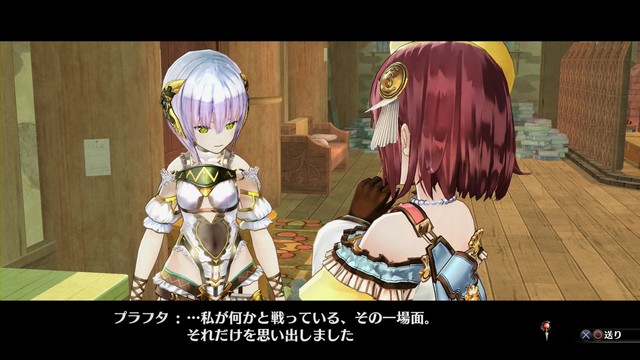
-
Atelier Sophie
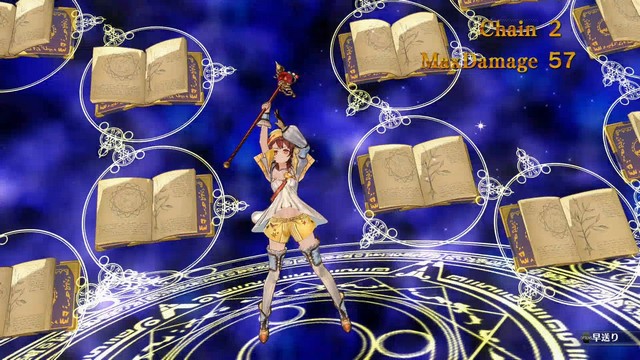
-
Atelier Sophie
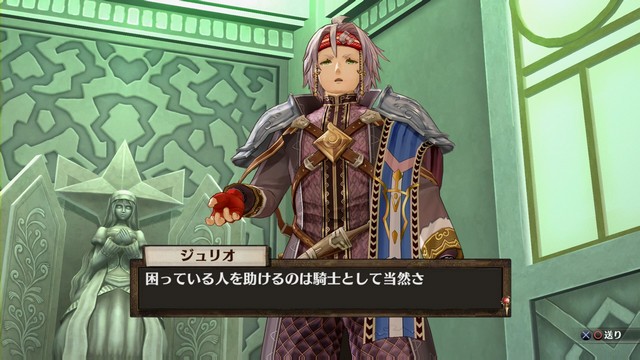
-
Atelier Sophie
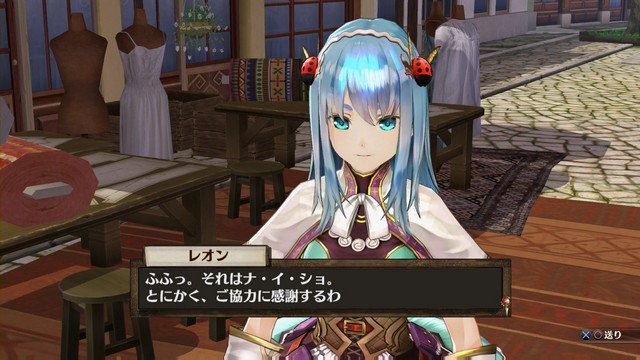
-
Atelier Sophie
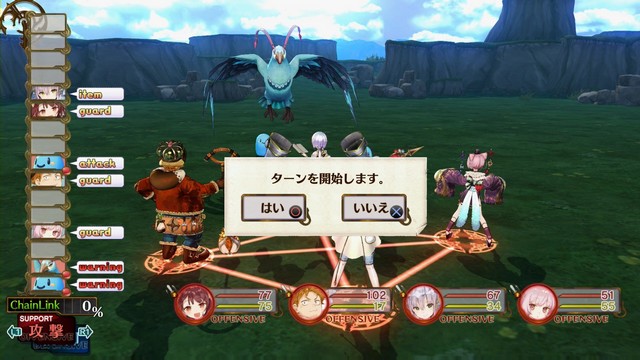
-
Atelier Sophie
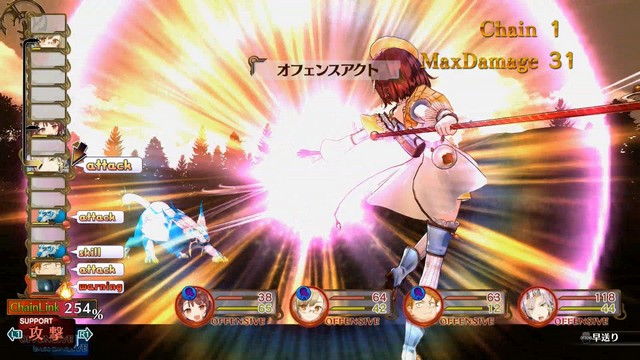
-
Atelier Sophie
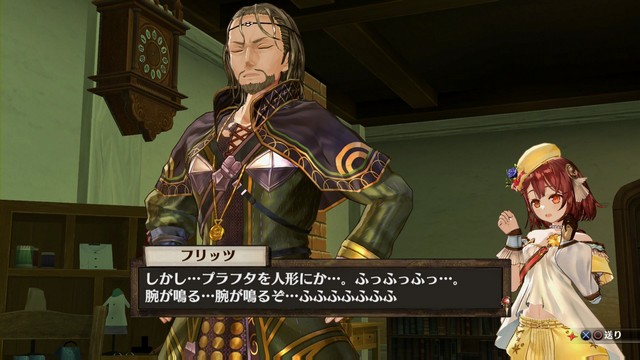
-
Atelier Sophie
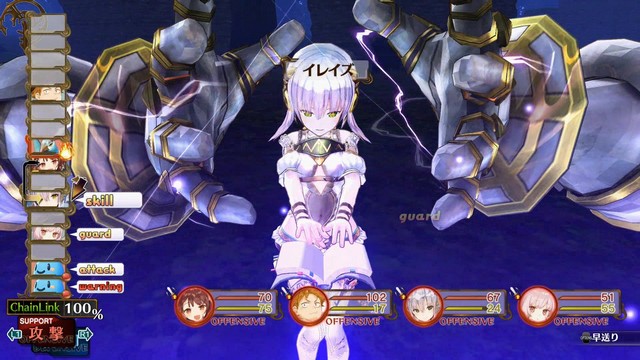
-
Atelier Sophie
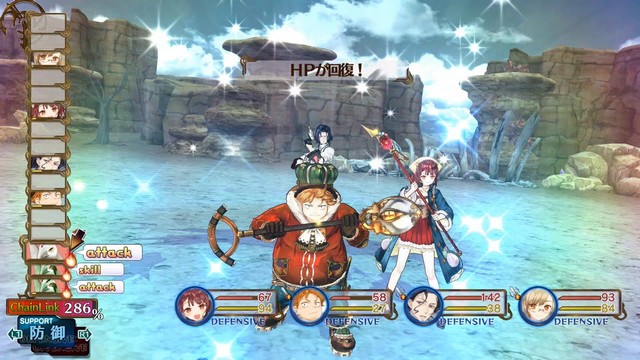
-
Atelier Sophie
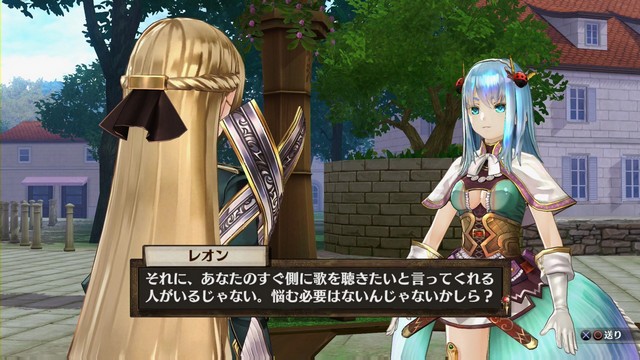
-
Atelier Sophie
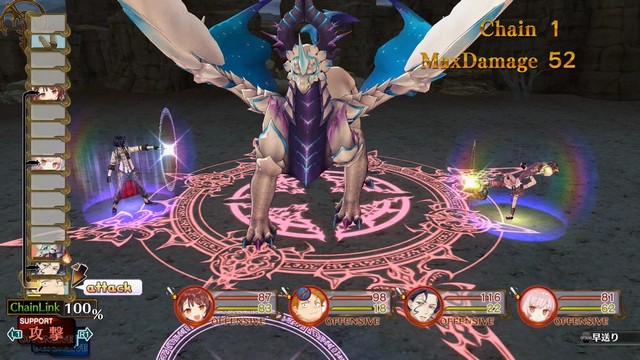
-
Atelier Sophie
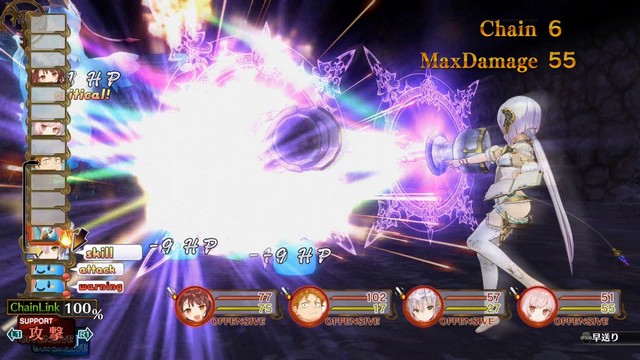
-
Atelier Sophie
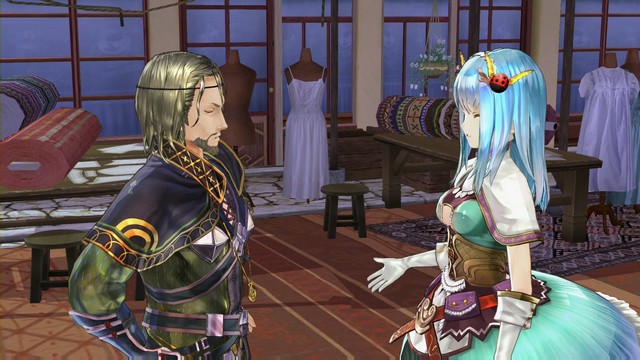
-
Atelier Sophie
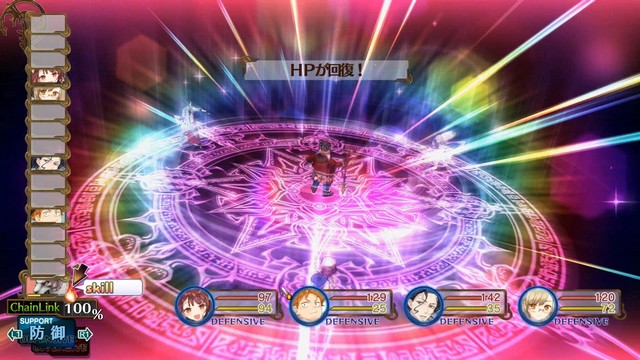
-
Atelier Sophie
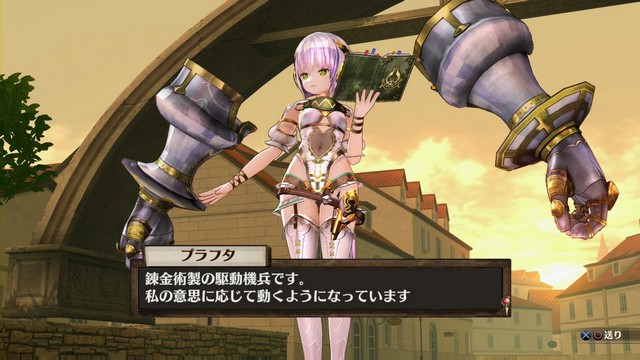
-
Atelier Sophie
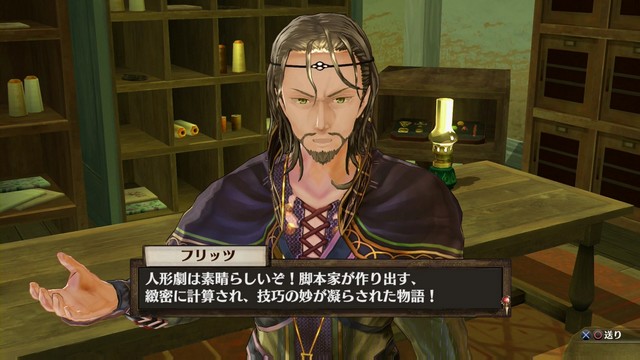
-
Atelier Sophie
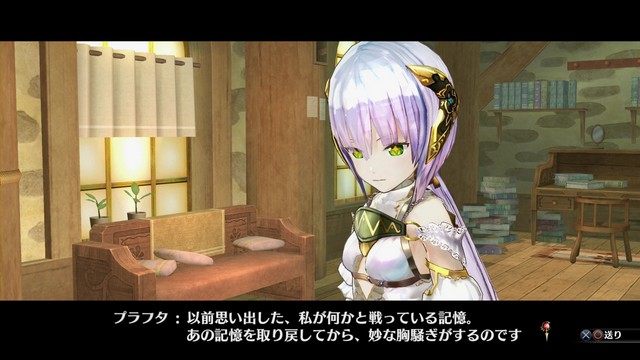
-
Atelier Sophie
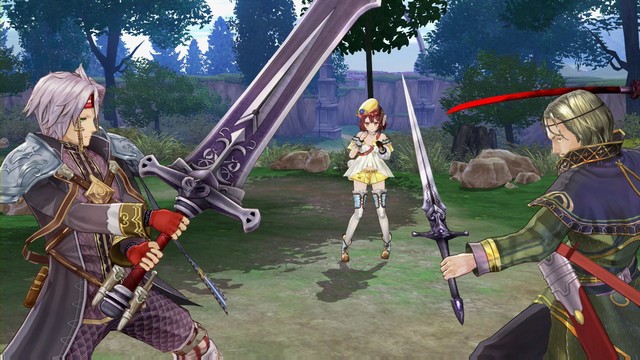
-
Atelier Sophie
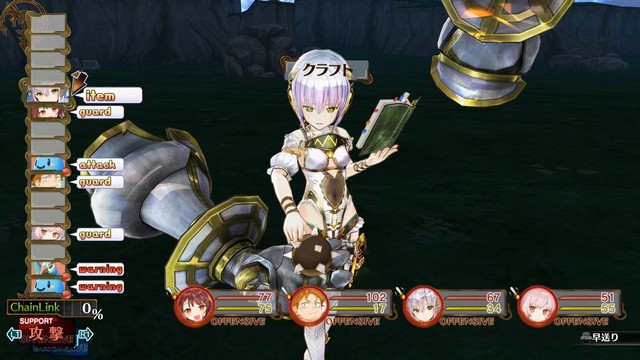
-
Atelier Sophie
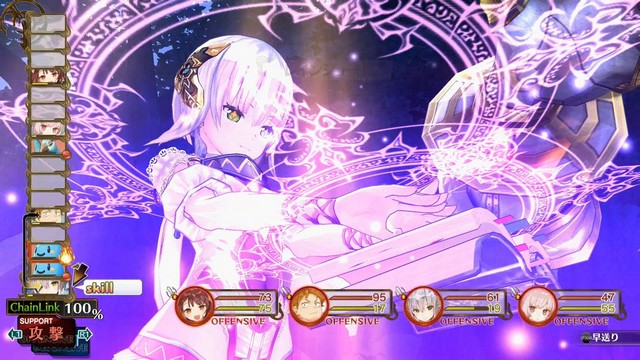
-
Atelier Sophie
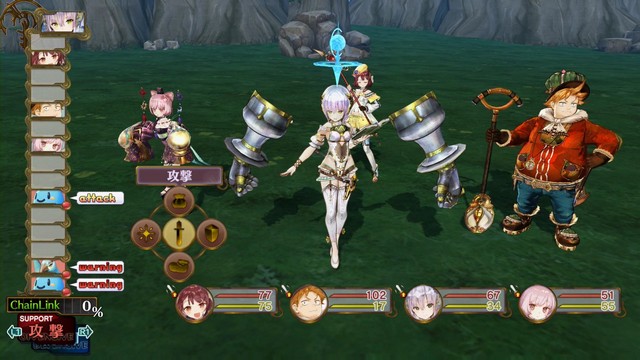
-
Atelier Sophie
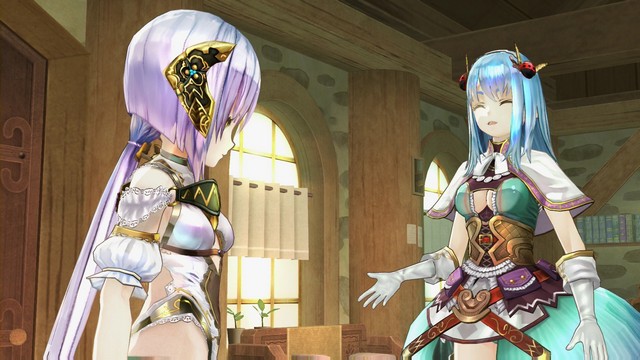
-
Atelier Sophie
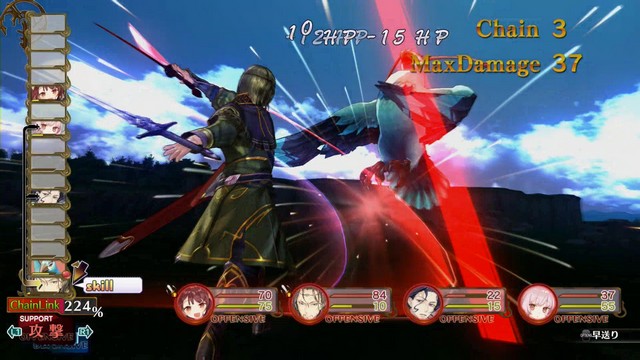
-
Atelier Sophie
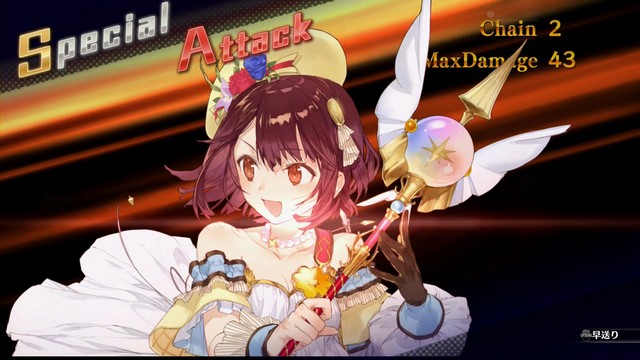
-
Atelier Sophie
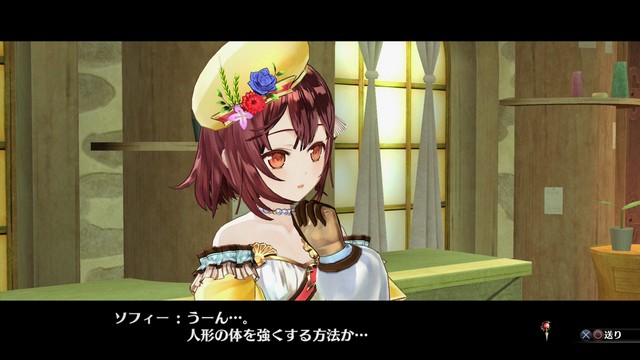
-
Atelier Sophie
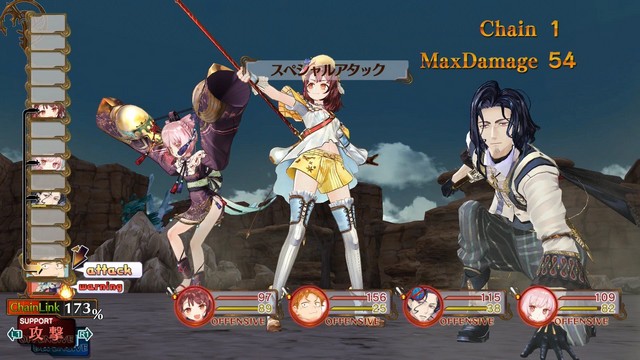
-
Atelier Sophie
